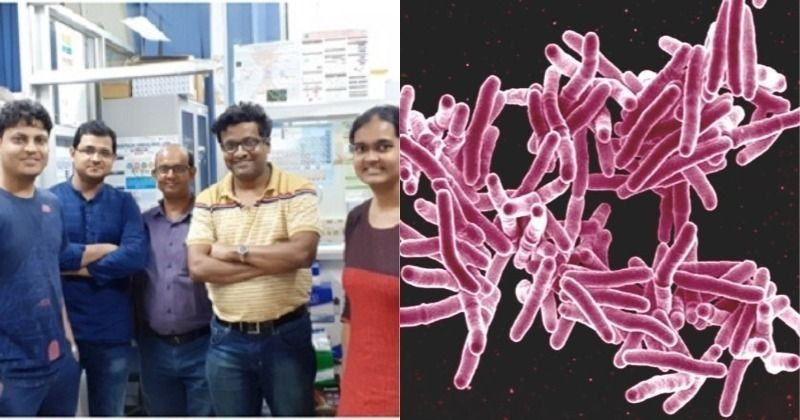No products in the cart.
Finally, Indian researchers discover 100% cure for Tuberculosis, let’s praise them
Tuberculosis is one of the deadliest diseases in the world and it is infecting approximately 9 million people in the world every year and 32% of them in India, costing billions of dollars in healthcare units.
Well, most people don’t even know they may have the infection, as it can remain asleep for even decades before turning out to be more infectious.

The Tuberculosis bacterium is naturally hunted by white blood cells in the human body called macrophages, just like other infections. But as far as this case is concerned, rather than ending the bacteria, it forms a sac-like body called granuloma and so it keeps the bacteria asleep for as long as it remains there.
However, that sac can break when one’s immunity decreases, due to physical weakness or illness like HIV. When this happens, then the Tuberculosis infection can break out and can result in massive damage to the human body.
But an active team of researchers from the CSIR-Indian Institute of Chemical Biology, Bose Institute in Kolkata and Jadavpur University, have studied, experimented and analysed together how tuberculosis is actually released from the sacs macrophages form around them in the body.
The team discovered that the bacteria secrete a protein- MPT63 that may play an important role in its jailbreak. At particular levels of acidity, these protein structures tend to change formation, and where they earlier had no function they suddenly turn out to be toxic to the host cells, i.e the macrophages, which ends up terminating the cells, and releasing the bacteria.
“Our team would now try to validate these findings in field strains of TB bacillus and see whether they can be used to develop new therapeutic interventions,” Dr Krishnananda Chattopadhyay,” Head of Structural Biology and Bioinformatics Division at IICB and team leader was quoted as saying by India Science Wire.
With this ground-breaking discovery in history, Indian researchers can now start experimenting and looking into methods to nullify the effect of the MPT63 protein, keeping the Tuberculosis permanently locked in, and saving millions of lives of Tuberculosis patients.
The team members are Achinta Sannigrahi, Indrani Nandi, Sayantani Chall, Junaid Jibran Jawed, Animesh Halder, Subrata Majumdar, Sanat Karmakar. After verification, the results will be published in the journal ACS Chemical Biology.












